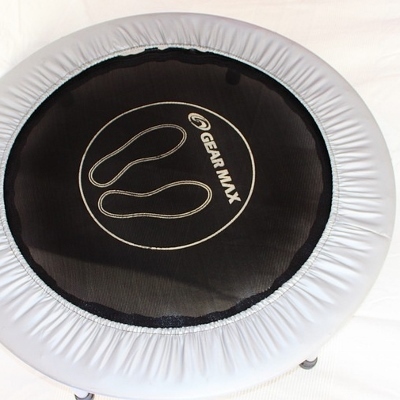 Snacks provide one third of a caloric intake, so how about making your children’s snacks appetizing and healthy? Growing children and teens need nutritious food to grow, become strong, and stay healthy. Processed, pre-packaged foods like potato chips, fruit snacks, and cookies tend to be calorie rich and nutrient empty. In addition, pre-packaged foods tend to be high in sodium, sugar, preservatives, and additives that aren’t good for growing bodies.
Snacks provide one third of a caloric intake, so how about making your children’s snacks appetizing and healthy? Growing children and teens need nutritious food to grow, become strong, and stay healthy. Processed, pre-packaged foods like potato chips, fruit snacks, and cookies tend to be calorie rich and nutrient empty. In addition, pre-packaged foods tend to be high in sodium, sugar, preservatives, and additives that aren’t good for growing bodies.
Giving children healthy snacks will help establish good eating habits and provide the vitamins and minerals that bodies need. As the ads for “Wonder Bread†used to say, “Helps build strong bodies 12 ways†— so will these nutritious, appetizing, low cost snacks.
Fruits
According to the CDC, Americans (especially high school students) don’t eat enough fruits. Apples, oranges, bananas, pears, peaches, grapes are loaded with Vitamin C that ward off colds, and bananas have lots of potassium that helps keep the heart, brain, kidneys, muscle tissues, and other organs working.
Serving suggestions:
Fruit kabobs — Kabobs are a great way to encourage children to eat fresh fruit. You just need some disposable skewers and fresh fruit like strawberries, cantaloupe pieces, mandarin oranges, pineapple pieces, kiwi, blueberries, banana slices, apple pieces, or peach slices. If you and your kids are feeling adventuresome, intersperse some cheese cubes, and make a fruit and cheese kabob.
Fruit popsicles — Homemade lemon and strawberry popsicles are another treat your children will appreciate, especially when it’s hot outside. You’ll need popsicle molds (or bathroom Dixie cups and wooden popsicle sticks, or you can use an ice cube tray and popsicle sticks), ½ cup sliced strawberries, the juice from 2 oranges (or ½ cup orange juice), lemon juice from 1 lemon (or ¼ cup lemon juice), and 2 tablespoons honey. Use a blender to mix the ingredients, and then pour the liquid into the molds, freeze, and enjoy!
VegetablesÂ
Though vegetables are rich in antioxidants, fiber, vitamins and minerals, and can help your protect your children from chronic diseases, getting a child to eat vegetables can sometimes be difficult. Sometimes, adding dips or creating interesting designs with the vegetables (stick people, for instance) can entice an otherwise reluctant child to try eating them.
Serving suggestions:
Veggies and dip — Chop raw vegetables like celery, carrots, green and red peppers, and serve with ranch dip, olive oil, or hummus.
Celery stick “butterflies” — Children like celery stick “butterflies,†which are easy to make and low cost. First cut a celery stalk into 3 inch pieces. Then fill the hollow part of the celery with peanut butter, yogurt, or cream cheese. Use two raisins to create the eyes about 1/3-inch from one of the ends on each celery piece. Insert two pretzel twists with the rounded parts facing upwards to create little wings on each side of the celery pieces. Then break off the arcing part at the bottom of two pretzel twists to form antennae above the raisin eyes. Add more raisins to decorate the body of the “butterfly.”





